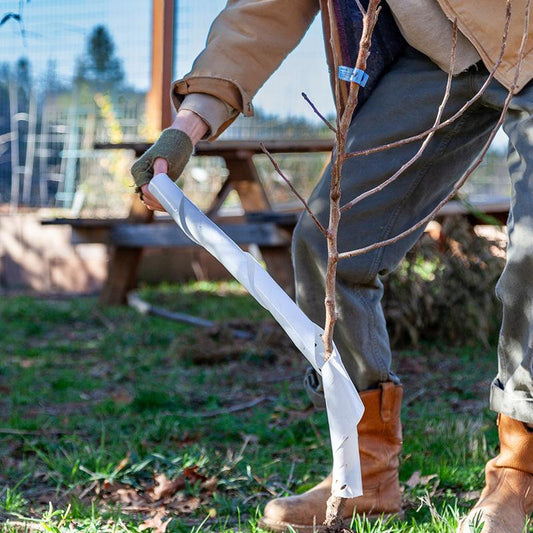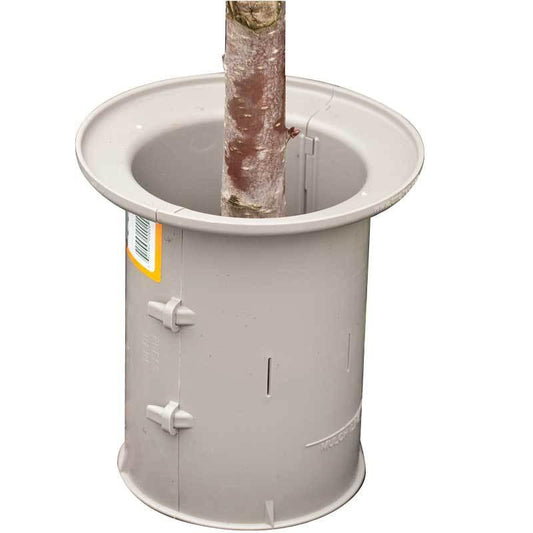Understanding Avocado Flower Types: Avocado Type A and B Explained
Avocado trees are beloved for their rich, creamy fruit—but behind every harvest is a fascinating system of flowering and pollination. Avocado flowers behave unlike those of most fruit trees, switching between male and female phases on a predictable schedule.
This unique trait explains why avocado type A and B classifications exist and why they matter for pollination and fruit production. For example, if you’re wondering “is Hass avocado type A or B,” Hass is a Type A variety, meaning its flowers are female in the morning and male in the afternoon. Similarly, “Is Bacon avocado Type A or B”? Bacon is a Type B variety, with flowers that open male in the morning and female in the afternoon. Understanding these differences helps you pair trees effectively for cross-pollination and better fruit set.
Whether you’re growing in Southern California, tackling cool-climate challenges, or planting your first avocado tree, this guide breaks everything down simply and clearly, so you can select the right varieties and support healthier, more productive growth.

What Makes Avocado Flowers Unique?
Avocado flowers are hermaphroditic, meaning each one has both male and female parts. But instead of functioning at the same time, the flower shifts phases in a process called dichogamy.
- In the female phase, the flower opens ready to receive pollen.
- In the male phase, the flower produces and sheds pollen.
This system encourages cross-pollination between type A and type B avocado trees and boosts the chances that the tree will produce fruit. To learn more about this rare trait in avocados, see the UC Master Gardener article on the unique behavior of avocado flowers.
Avocado Type A and B: What’s the Difference?
Avocado flower types are based on when the flowers enter their male and female phases during the day. The timing pattern determines whether the tree is avocado type A or B.
Type A Avocado Trees
- Morning: Female flower phase (receptive to pollen)
- Afternoon: Male phase (shedding pollen)
Common Type A avocado trees include:
- Hass – The most popular variety worldwide; rich flavor, reliable production
- Mexicola Grande – Known for strong cold hardiness
- Little Cado – Compact and good for small spaces
- Reed – Large, round fruit
- Lamb Hass – A later-season hybrid with excellent yields
Type B Avocado Trees
- Morning: Male phase
- Afternoon: Female phase
Common Type B avocado trees include:
- Bacon – Mild flavor, good cold tolerance
- Zutano – Fast-growing and hardy
- Fuerte – Classic flavor and pear-shaped fruits
- Sir Prize – Cold-tolerant and productive

Why Avocado Types A and B Matter
Some varieties can set fruit on their own, but cross-pollination between type A and type B avocado trees usually increases fruit set and improves overall production. For example, pairing a Hass tree (Type A) with a Bacon (Type B) often results in more avocados.
Here’s why:
- The alternating flower schedules complement each other
- Pollinators, especially bees, benefit from having both types blooming nearby
- The tree’s natural tendency to drop most flowers is reduced when cross-pollination is stronger
Learn more about regional variety pairing in Choose the Right Avocado for Your Region.
Timing Matters: Avocado Tree Bloom Season
The avocado tree bloom period depends on the region and tree type. In warm climates like Southern California, bloom season often begins in early spring and can last through May or June. Trees produce thousands or even millions of avocado flowers during this time, though only a small percentage become avocado fruits.
Cool temperatures can disrupt the typical opening pattern. As described by UC Cooperative Extension, temps below 60°F may cause the male and female phases to overlap, which is called "synchronous flowering." Details are available in this UC resource: UC ANR Avocado Questions.

Environmental Factors That Influence Fruit Set
1. Temperature
Ideal conditions for pollination are around 70°F–80°F. Cooler temperatures may reduce fruit set, especially in varieties with lower cold hardiness—though Type B varieties like Bacon and Zutano tend to tolerate cooler weather better.
2. Pollinators
Honey bees play a crucial role in pollinating type A and type B avocado trees. Planting bee-friendly flowers and avoiding pesticides during bloom season can significantly increase avocado production.
3. Tree Age and Variety
Younger trees bloom less and may not bear fruit for a few years. Mature trees—or reliable producers like Hass avocados—produce more fruit consistently.
Growing Avocado Trees Successfully
Whether in the ground or in containers, knowing your avocado tree types helps ensure better harvests. Find helpful growing tips in these guides:
To shop for different varieties, explore: Citrus & Avocado Trees Collection.
Conclusion
Avocado flowering behavior is fascinating, and understanding the difference between avocado type A and B can make a huge difference in how well your tree performs. Pairing compatible type A and type B avocado trees, choosing the right variety of avocado for your climate, and supporting healthy pollination leads to more reliable yields and better fruit quality.
Whether you're planting a Hass tree, experimenting with Lamb Hass, or exploring cold-hardy options like Mexicola Grande, mastering avocado flowering patterns will help you grow stronger, more productive avocado trees.
With the right knowledge and variety selection, your avocado tree can thrive—and reward you with delicious, homegrown fruit for years to come.














8 comments
Valerie, I have read that starting avocados from seed can take as long as 13 years to produce fruit. Also there is no way to know if you have a tree that produces A or B flowers. I have been told you don’t need one of each but that you need to make sure that there are plenty of pollinators around to pollinate your tree.
I have an avacado that’s 11yrs old and never produced any fruit, inground and started from seed.
Doris, are you growing your tree in the ground or in a pot? Have you done a soil test so you know the tree’s nutrient levels? I would suggest adding an avocado fertilizer to your tree.
I have had my Little Cado avocado tree now for at least 10 yrs. Never flowered, never produced a single flower or fruit. Very healthy though. A & B. Supposedly no pollination required. Zone 9 so no problems with weather. Puzzling.
Susan, you can plant our Legume Oat Mix #1 or #2. https://www.groworganic.com/products/legume-oat-mix-1-raw-lb?pos=5&_sid=b7a831c7d&ss=r